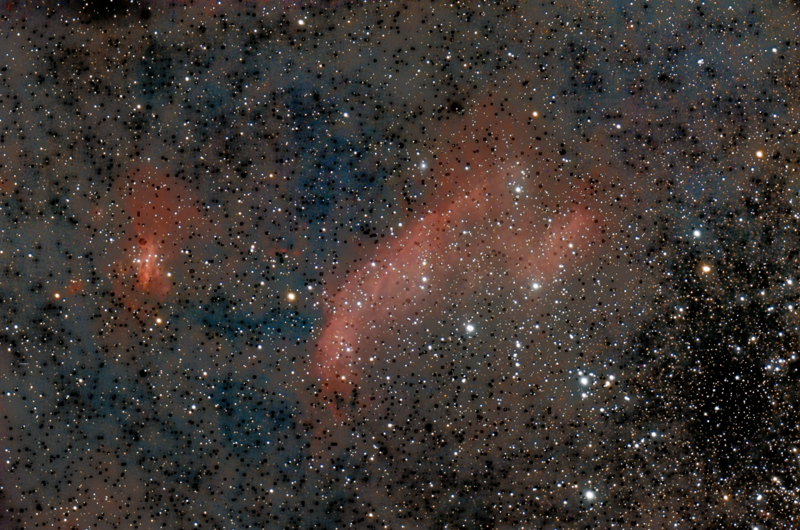
Catelog/ID
As Know As
Name/Discription
In Constillation
Size (arc-min)
Magnatude
Distance (Ly)
Date Taken
Telescope
Exposure (minutes)
Pic Notes